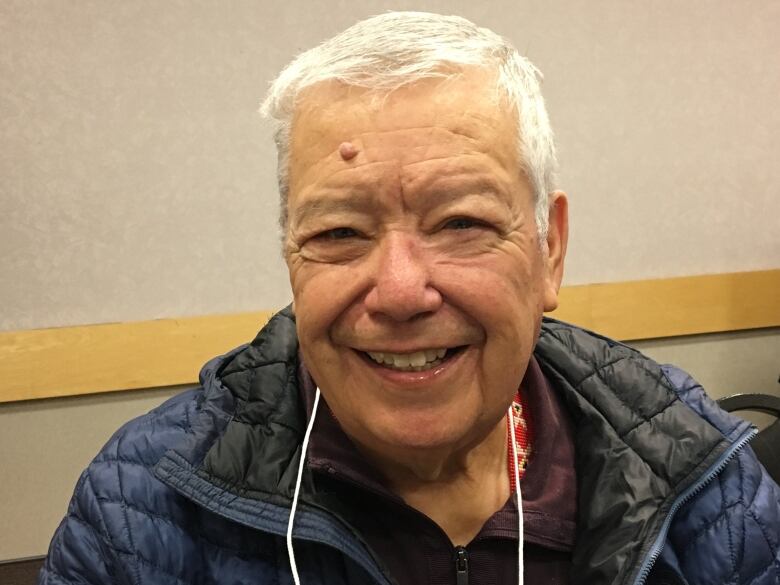Indigenous population growing rapidly in Sask.: Stats Can
FSIN Chief Bobby Cameron emphasize need to teach youth about First Nations traditions and rights

A dozen boys and girls pounded their hand drums at the centre of the Federation of Sovereign Indigenous Nations assembly Wednesday morning at Saskatoon's TCU place part of a rapidly growing Indigenous population in Saskatchewan and across the country, according to the latest data from Statistics Canada.
Rotating every few minutes to face each of the four directions, the Fond du Lac Dene drum group commanded the full attention of the room full of elders and chiefs at TCU Place.
"You are the future our children," FSIN Chief Bobby Cameron told them from the podium.
Cameron, former FSIN Chief Sol Sanderson and others emphasized the need to teach youth about First Nations traditions and rights. But Cameron also emphasized the need for this new generation to lead the way.
Rapid growth
According to Statistics Canada, the Indigenous population is growing rapidly.
Between 2006 and 2016, the Canadian population of those who self-identified as Indigenous First Nations,Mtis orInuitgrew by 42.5 per centto 1,673,785, according toStatistics Canada numbers based on the 2016 census, which were released Wednesday.
That represents a growth rate four times the rest of the population, according to Stats Can. The agency is projecting the Indigenous population willhit 2.5 million within the next two decades.
Stats Can projects the Indigenous population will make up one in five peoplein Saskatchewan by 2036.
As of 2016,11.7 per cent of Saskatchewan's population was Indigenous, according to the report a22.8 per cent increase from 2006, accounting for a total of 175,015 people in the province identifying as Indigenous.
There are more people learning Indigenous languages, according to Stats Can, but there are also more children in foster care. The number of people in quality housing is also dropping, the data reveals.

Sanderson said it's important to ensure proper funding for the current arrangements in education, child welfare and other areas for the Indigenous population.
But he said real change will only come when the federal and provincial governments agree to move from "self-termination" for First Nations to "self-determination."
He said it began with the Catholic church and the European powers' policy of "assimilation, Christianization and liquidation." They declared Indigenous people were not human and therefore without rights, he said.
That continued through the eradication of the buffalo herds and broken treaty promises and residential schools, Sanderson said.
Reconciliation, sovereignty must be priorities
He said that systemic racism continues today with unequal funding for education and social services, and with the lack of sovereignty and refusal to deal with First Nations on a nation-to-nation basis.
"We're still battling the same issues," Sanderson said.
Sanderson, who has spent decades fighting for treaty and inherent rights in Saskatchewan, in Ottawa and in the British House of Lords, said sovereignty, decolonization and reconciliation must be the priority for everyone.
"We have to do this. There's no choice," Sanderson said. "If we don't, it'll be a disaster."
With files from CBC News












_(720p).jpg)


 OFFICIAL HD MUSIC VIDEO.jpg)
.jpg)



























































































